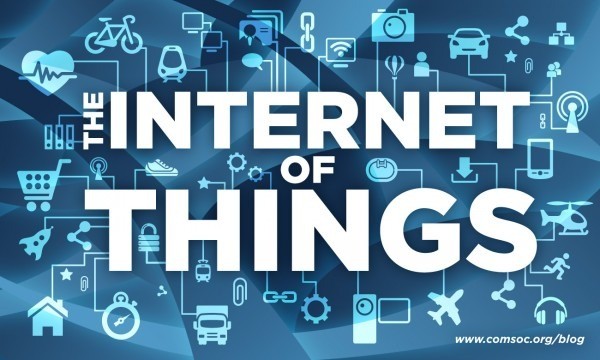At one point of time, the definition of the Internet of Things (IoT) revolved around radio frequency identification (RFID) tags and applications monitoring them. Slowly, it has evolved to encompass everyday products such as mobiles, air-conditioners, refrigerators, televisions, heart rate monitors, fitness accessories and equipment, disks and modems, and even LED lights and power sockets. Either these products are Internet-enabled, or use a smartphone, tablet or other mobile devices and their applications as a gateway to connect to the Web, thereby attaching aspects of information and connectivity to everyday objects… which is what the IoT is all about. In this episode, let us take a look at some recent consumer electronics products that fit into the IoT schema.
By Janani Gopalakrishnan Vikram
This content is locked
Login To Unlock The Content!













Traffic predictions on Google maps is one of the best innovative applications of IoT that I have used till date, especially with the crazy traffic situation in Bangalore where rush hour is all over the place.
A good post for iot lovers.
I found a new product not mentioned in your site.
http://Www.pluggx.weebly.com